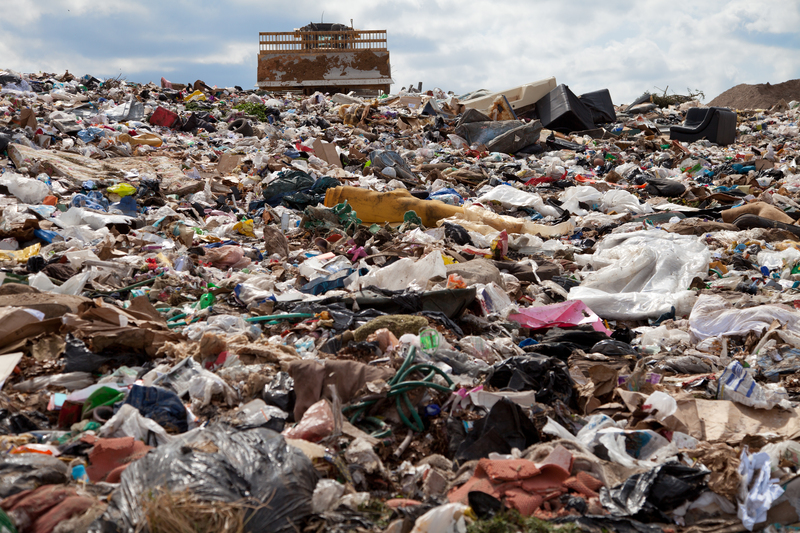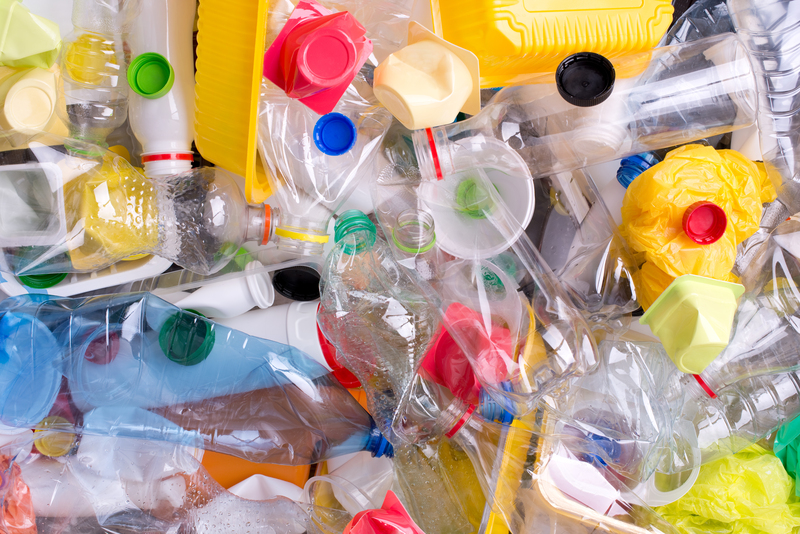Beware These Harmful Plastics and Protect Yourself
Posted on 14/07/2024
In today's fast-paced world, it's nearly impossible to avoid the use of plastic. From food packaging and water bottles to household items and beauty products, plastic has become an integral part of our daily lives. However, not all plastics are created equal. In recent years, there has been growing concern about the potential health risks associated with certain types of plastic. So, it's important to educate ourselves about these harmful plastics and take necessary precautions to protect ourselves.
In this article, we will discuss some of the most common types of harmful plastics and their potential effects on our health.
1. Bisphenol A (BPA)
BPA is a chemical used in the production of hard plastics and resins, often found in water bottles, food packaging, and even cash register receipts. Studies have shown that BPA can leach into food and beverages, especially when heated. According to the National Institute of Environmental Health Sciences, exposure to BPA can lead to reproductive disorders, hormone imbalances, and even certain types of cancer.
To limit your exposure to BPA, opt for glass or stainless steel containers instead of plastic ones. It's also wise to avoid microwaving food in plastic containers or using plastic wraps in the microwave.

2. Phthalates
Phthalates are chemicals used in the production of PVC (polyvinyl chloride) products such as shower curtains, vinyl flooring, and toys. They are also found in personal care products like nail polish and hairsprays. These chemicals have been linked to hormonal disruptions, developmental issues in children, and respiratory problems.
To reduce your exposure to phthalates, choose natural or organic personal care products whenever possible and opt for non-PVC alternatives when buying household items.
3. Polystyrene (PS)
You may know polystyrene by its more commonly known name - styrofoam. It is often used for disposable food containers and packaging materials. The production of polystyrene releases harmful chemicals into the environment, and the material itself can leach toxins into food and drinks.
To avoid this harmful plastic, try to avoid buying takeout food that is packaged in styrofoam containers and opt for reusable alternatives instead.
4. Polyvinyl Chloride (PVC)
PVC is widely used in products such as pipes, shower curtains, and flooring. Like other harmful plastics, it can release toxic chemicals into the environment during production and when disposed of. Exposure to PVC has been linked to reproductive problems, developmental issues, and respiratory disorders.
When buying household items or renovating your home, choose non-toxic alternatives like cork or bamboo flooring instead of PVC.

5. Polycarbonate
Polycarbonate plastic is commonly used in the production of baby bottles, sippy cups, and water bottles. It contains BPA and has similar health risks associated with it. Additionally, studies have shown that polycarbonate can break down over time, leading to higher levels of BPA leaching into food and drinks.
To protect yourself from this harmful plastic, look for BPA-free options when purchasing baby bottles and water bottles.
In addition to avoiding specific types of harmful plastics, there are some general tips you can follow to protect yourself from their potential health risks:
- Avoid heating food in plastic containers or using plastic wraps in the microwave.
- Look for products labeled "BPA-free" or "phthalate-free" when shopping.
- Choose glass or stainless steel containers for storing food and beverages.
- Reduce your overall use of plastic by opting for reusable alternatives whenever possible.
- Properly dispose of plastic products to prevent harm to the environment.
Conclusion
While plastics may have made our lives more convenient, we cannot ignore the potential health risks associated with certain types of plastics. Bisphenol A, phthalates, polystyrene, PVC, and polycarbonate are some of the most harmful plastics that should be avoided or used with caution. By educating ourselves about these harmful plastics and taking necessary precautions, we can protect our health and the environment. Remember to always opt for non-toxic alternatives whenever possible and reduce your overall use of plastic.





